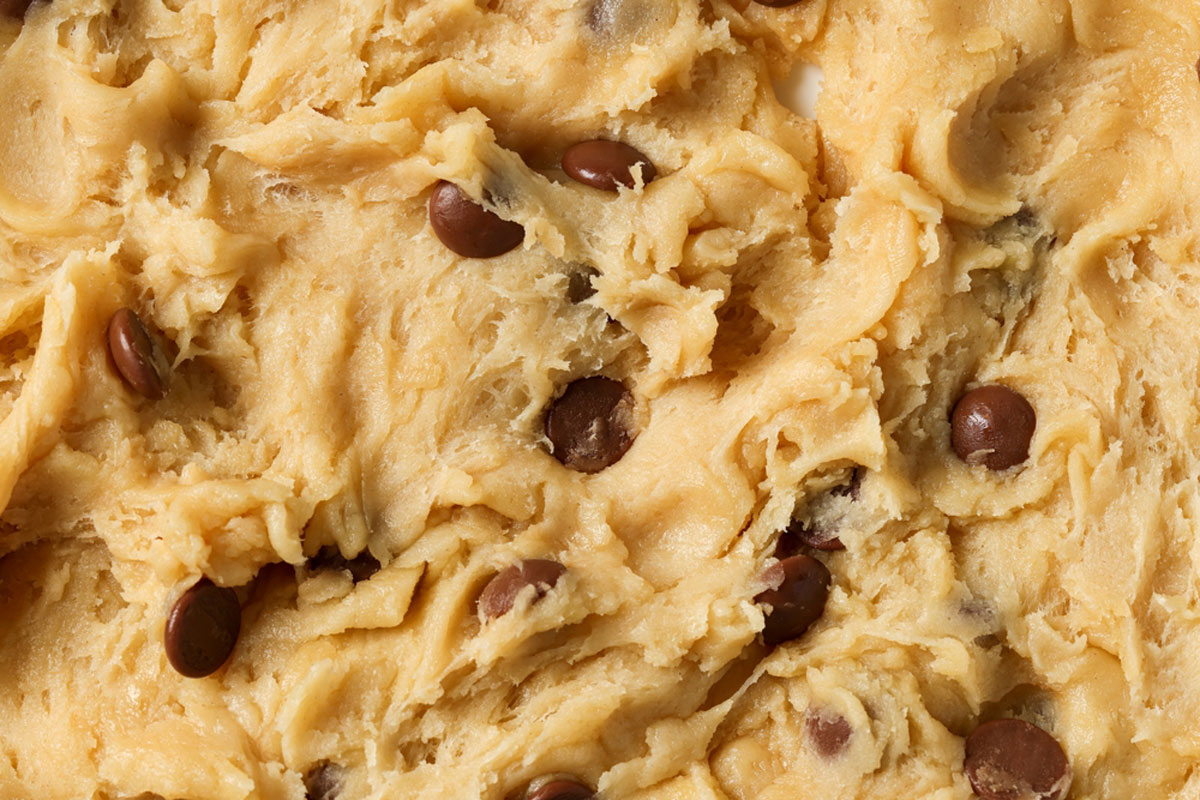Rolling and shaping cookie dough is a fundamental step in achieving beautifully uniform cookies that not only taste amazing but also look professional. Whether you’re baking sugar cookies for decoration, creating thumbprints, or perfecting your chocolate chip cookie drop, mastering this step can take your baking to the next level. Here are some top hacks to make the process smooth, efficient, and mess-free.
1. Chill Your Dough
Warm cookie dough can stick to your rolling pin, counter, or hands, making it difficult to shape. Chilling the dough firms up the fats and makes it easier to work with.
- Refrigerate for 30-60 Minutes: Wrap the dough in plastic wrap or place it in an airtight container before refrigerating.
- Freeze for Quick Chilling: If you’re short on time, freeze the dough for 10-15 minutes. Make sure it doesn’t freeze solid, as overly hard dough can crack.
2. Use Parchment Paper or Silicone Mats
Rolling out dough directly on the counter can lead to sticking and uneven thickness. Instead, roll between two sheets of parchment paper or on a silicone baking mat.
- Benefits:
- Prevents sticking without needing extra flour (which can toughen cookies).
- Easy cleanup.
- Pro Tip: Lightly flour the parchment paper if the dough is still sticky, but use sparingly.
3. Invest in Rolling Pin Guides
Achieving uniform thickness is key to even baking. Rolling pin guides or rings attach to your rolling pin to ensure the dough is rolled to a consistent thickness.
- DIY Alternative: Use wooden dowels, chopsticks, or stacked rulers of equal thickness as makeshift guides.
4. Roll Small Portions at a Time
Working with smaller portions of dough is easier to handle and allows for better control.
- How-To: Divide your dough into manageable sections, keeping unused portions in the fridge to stay chilled.
- Bonus: This hack is especially helpful for intricate cookie shapes that require precision.
5. Use Cookie Cutters Wisely
Cookie cutters can help you achieve perfectly shaped cookies, but there are a few tricks to getting the best results:
- Dip Cutters in Flour: Prevent sticking by dipping cutters in flour before each use.
- Press Straight Down: Avoid twisting the cutter, as this can warp the edges.
- Use Metal Cutters for Clean Edges: Metal cutters often work better than plastic for intricate shapes.
6. Refrigerate Shaped Dough Before Baking
Even after rolling and cutting, your dough might warm up as you work. Chilling shaped cookies before baking prevents excessive spreading and helps them hold their shape.
- Timing: Refrigerate for 10-15 minutes or freeze for 5 minutes.
- Bonus Tip: This is especially useful for sugar cookies or detailed shapes.
7. Shape Without a Rolling Pin
Not all cookies need to be rolled flat. Here are some shaping tips for drop, thumbprint, and other types of cookies:
- Drop Cookies: Use a cookie scoop for uniform size. Roll the dough into balls for a smoother, rounder appearance.
- Thumbprint Cookies: Press an indentation in the center of the dough ball with your thumb or the back of a spoon before baking.
- Slice-and-Bake Cookies: Shape the dough into a log, chill, and slice into even rounds.
8. Prevent Sticking to Cookie Stamps
Stamped cookies are a beautiful way to add texture and design, but dough can stick to the stamp.
- Tips:
- Lightly flour the stamp or spray it with non-stick spray.
- Chill the dough before stamping to retain the design.
9. Handle Sticky Dough with Confidence
If your dough is particularly sticky, these tricks can save the day:
- Lightly Flour Your Hands: Prevent sticking without overworking the dough.
- Use a Bench Scraper: Lift rolled dough from the surface or cleanly cut shapes.
- Chill Your Hands: Run your hands under cold water and dry them thoroughly before handling the dough.
10. Use a Clean Edge for Re-Rolling
Scraps from cut-out cookies can be re-rolled, but overworked dough can become tough.
- How-To: Gather scraps gently and press them together instead of kneading. Chill the dough again if it becomes too warm.
- Pro Tip: Avoid rolling out the scraps more than once or twice to maintain the cookie’s texture.
Troubleshooting Common Issues
- Dough Cracking While Rolling: Let it warm up slightly at room temperature before rolling.
- Uneven Dough Thickness: Rotate your rolling direction and check the thickness frequently.
- Cookies Losing Shape: Ensure the dough is well-chilled and avoid overworking it.
Conclusion
With the right tools and techniques, rolling and shaping cookie dough can be an enjoyable and rewarding part of the baking process. Whether you’re aiming for perfect cut-outs, uniform drop cookies, or intricately stamped designs, these hacks will help you achieve flawless results every time. So grab your rolling pin, preheat the oven, and enjoy the art of cookie baking!

